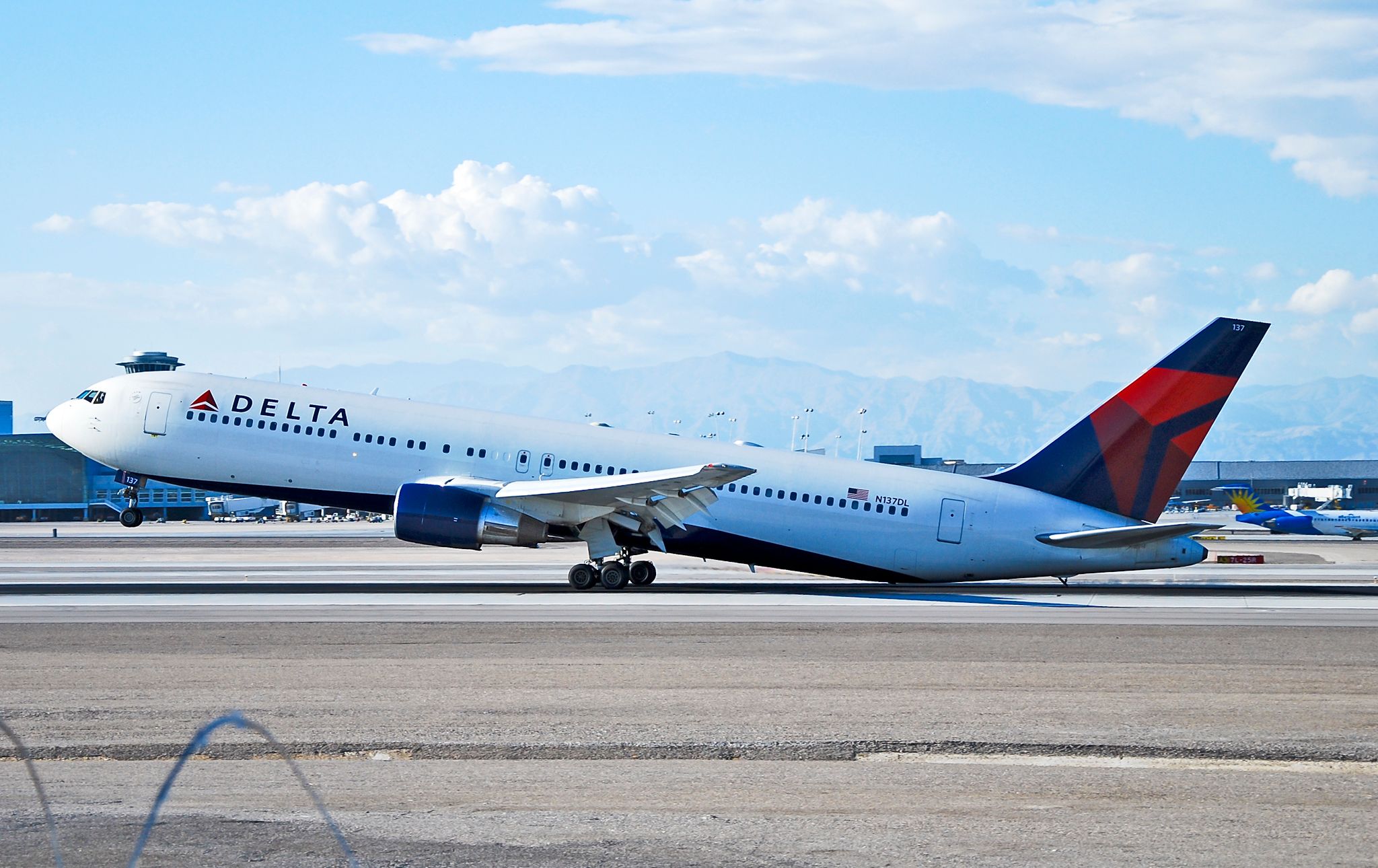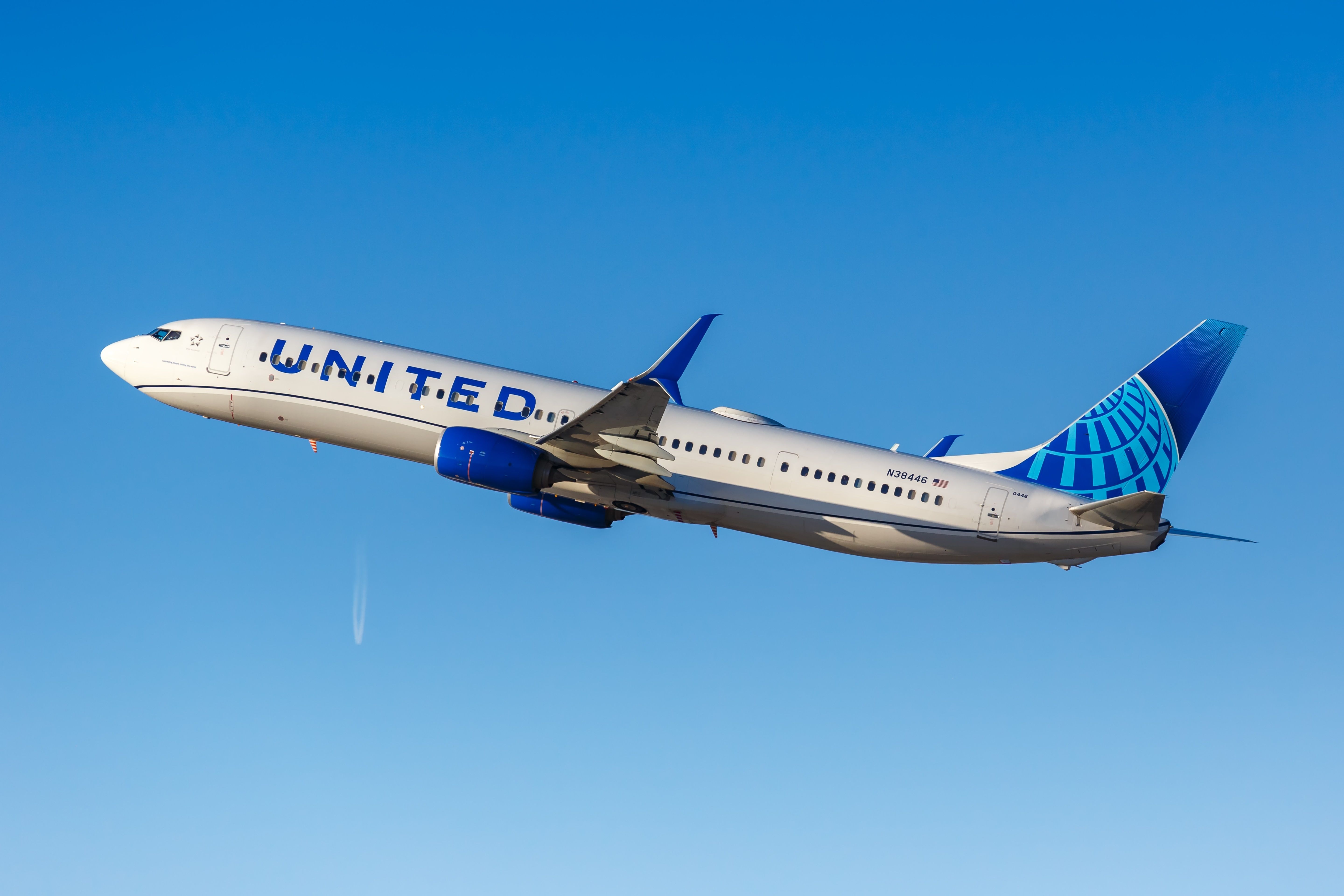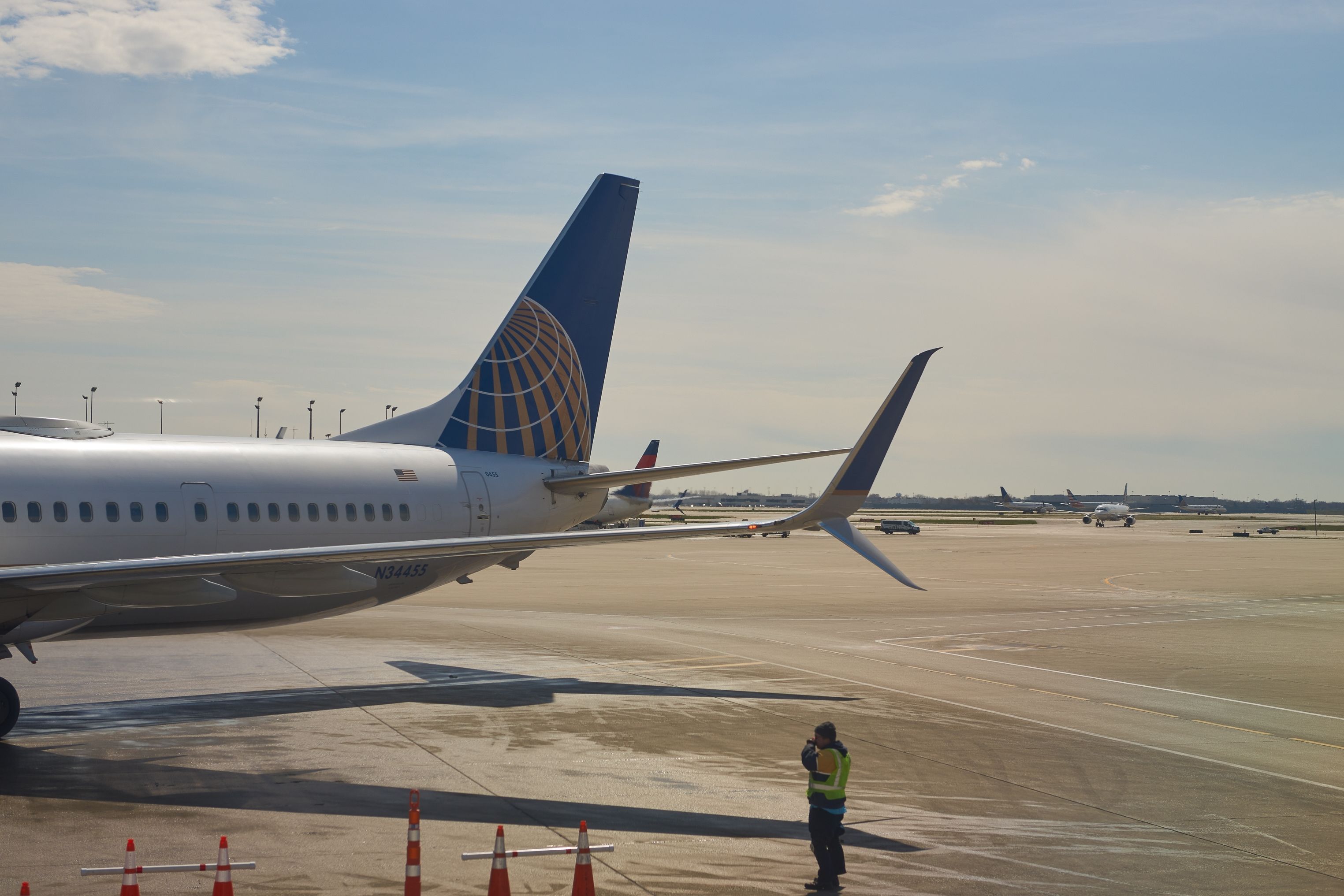Summary
- NTSB final report states United Airlines 737 suffered a tail strike in Houston due to a delayed flare and hard landing.
- Tail strike caused substantial damage to the aircraft, forcing it out of service for over four months.
- Tail strikes can weaken an aircraft’s structural integrity, as seen in the history of Japan Airlines Flight 123.
The National Transportation Safety Board (NTSB) has released its final report on a United Airlines tail strike in January. The accident occurred after a United Boeing 737, which has yet to return to service more than four months on, made multiple touchdowns during a hard landing in Houston.
Final report on United Houston tail strike
On January 10th, 2024, a United Airlines Boeing 737-900 suffered a tail strike after it bounced multiple times while landing. According to the NTSB’s report, the aircraft’s aft fuselage “impacted the runway as a result of a delayed flare and subsequent nose-high pitch inputs,” with the initial touchdown recorded at a force of 1.87G, followed by a second touchdown of 2.87G.
Photo: Markus Mainka | Shutterstock
The aircraft, registered as N62883, was operating Flight UA2498 from Phoenix Sky Harbor (PHX) to Houston Intercontinental (IAH). According to the NTSB’s report, the first officer was at the controls during the landing and stated that, while the approach was stable, he performed the flare slightly late, which led to a firm touchdown and “nose-high” bounce with a 6.5-degree nose-up attitude. The speed brakes were deployed two seconds later, but the plane became airborne, touching down a second time with even greater force two seconds later – it then became airborne again for around a second before a third touchdown, after which the brakes were applied and the aircraft taxied to the terminal.

Related
How Do Pilots Avoid Tail Strikes?
Tail strikes can cause severe and expensive damage to aircraft, but they are preventable.
The crew was not aware of a tail strike occurring until ground staff informed them of visible signs of damage. Simple Flying readers may recall the United tail strike at the same airport last year – on that occasion, a United Airbus A320 struck its tail landing in Houston, but it went unnoticed by crew and ground teams. The aircraft would go on to operate seven more flights before the damage – which the NTSB stated was “substantial to the aft pressure bulkhead and frames” – was noticed.
APU damage
The damage incurred from the tail strike was described as “substantial” and has forced the aircraft out of action for over four months and counting. Data from Flightradar24 shows the plane remained grounded in Houston until May 7th, when it was repositioned to Chicago Rockford International Airport (RFD), where it remains out of service.
Photo: Sorbis | Shutterstock
As per the NTSB report,
“Post-accident assessment of the aircraft revealed substantial damage to the auxiliary power unit (APU) firewall bulkhead that occurred as a result of the aircraft’s aft fuselage’s contact with the runway.”
Tail strikes don’t always pose an immediate threat to safety, but can weaken an aircraft’s structural integrity over time. One of the worst accidents in aviation history – Japan Airlines Flight 123 on August 12th, 1985 – occurred as an indirect result of a tail strike, which was improperly repaired and led to a structural failure seven years later.


